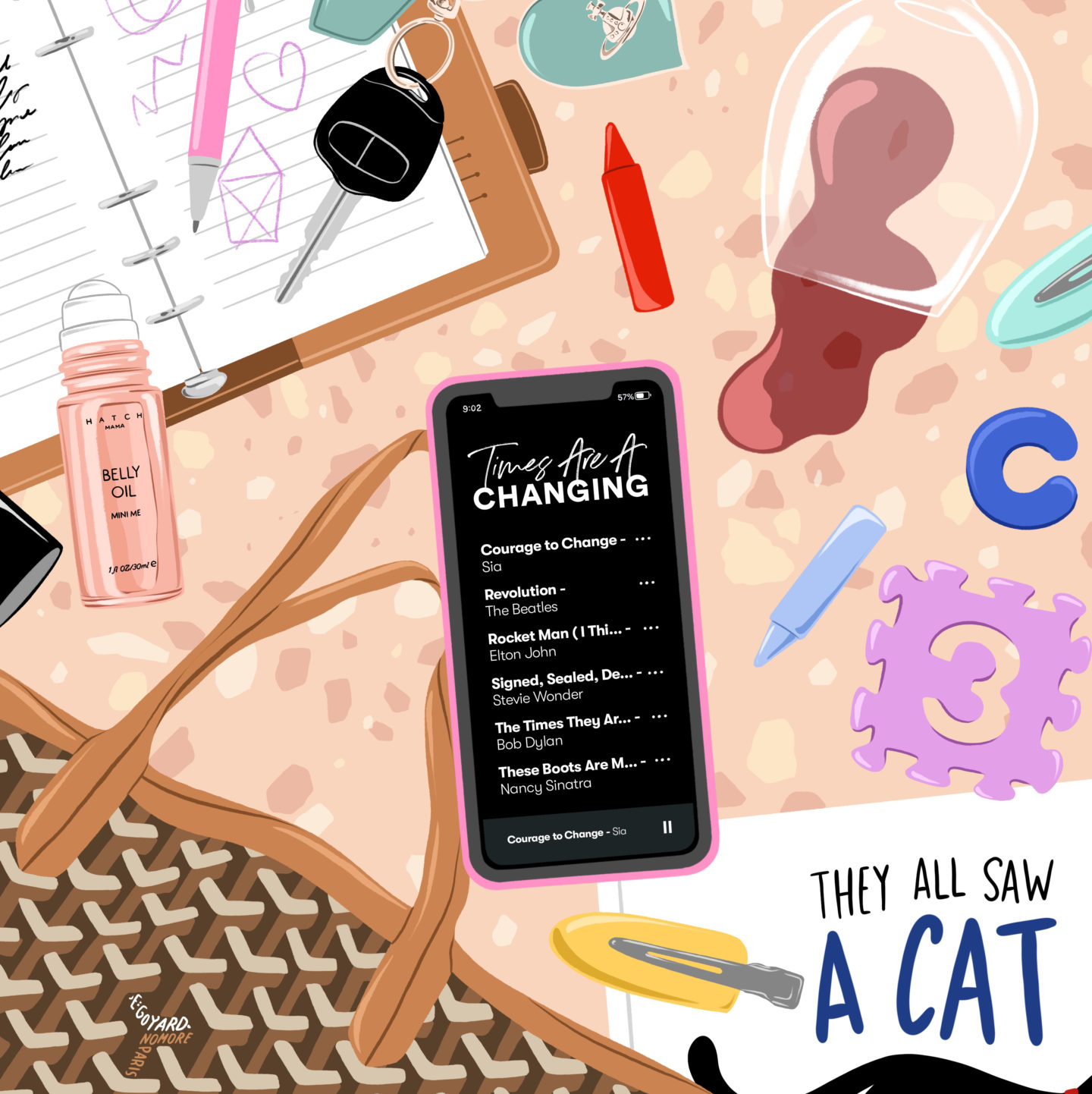These last few weeks can be a total mind f*ck, right? It’s hard enough figuring out when you’re in actual labor, much less FAKE LABOR. Yup, you’ve probably heard of it, but Braxton Hicks is false labor, aka your body’s little way of prepping for the main event, but you’re actually not in labor, nor does it signal that labor’s going to start. Good times.
Some women think of Braxton Hicks like a very tight feeling in the abs that reminds them of menstrual cramps. The main difference between Braxton Hicks and real contractions is the level of severity (labor is worse), irregularities (labor is generally consistent) and the idea that they don’t intensify or last longer over time (labor gets longer and more painful).
If you’re experiencing Braxton Hicks contractions, there’s not much you can do. If they’re super uncomfortable, try taking a bath, or a nap, or go get a massage. Unfortunately you might need to just wait it out and try to relax.
If you’re unsure as to whether you’re experiencing actual labor versus Braxton Hicks, check out our handy heat sheet below:
- How often are your contractions coming on?
- Braxton Hicks: Irregular and far apart
- The Real Deal: Regular intervals at around 30 seconds to a minute and getting closer together.
- How strong are your contractions?
- Braxton Hicks: Not super strong but they haven’t gotten any worse
- The Real Deal: Kinda strong and they’re getting stronger!
- Do your contractions change?
- Braxton Hicks: They sort of stop and start, especially when I change positions
- Real Deal: They’re pretty full-on with no signs of stopping!
- Where do you feel it most?
- Braxton Hicks: In the front of my abs
- The Real Deal: They started in my lower back and moved around to my front.
If you’re unclear as to what’s going on, and that you may be in labor, call your medical provider. Definitely call your doctor if you’re experiencing any of the following symptoms during your contractions:
- Vaginal bleeding
- Leaking fluid
- Incredibly strong contractions
- Fewer movements from your baby


